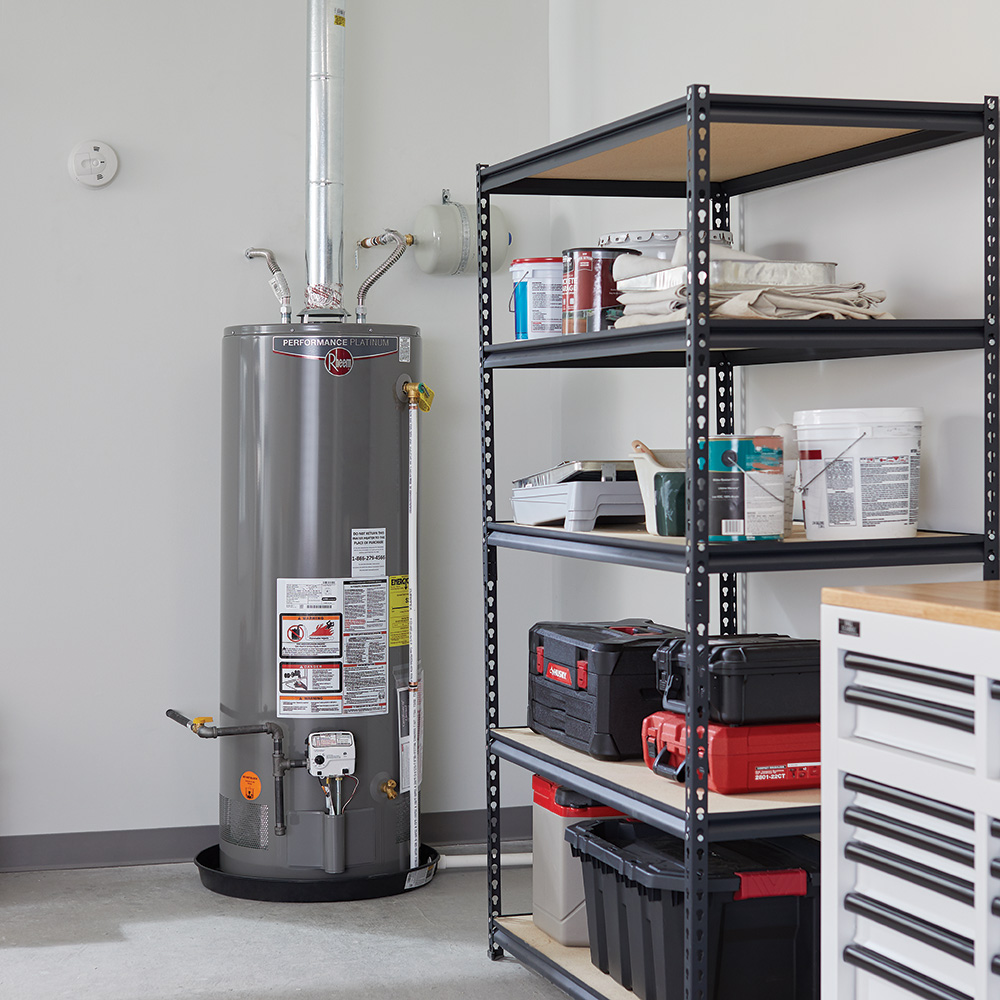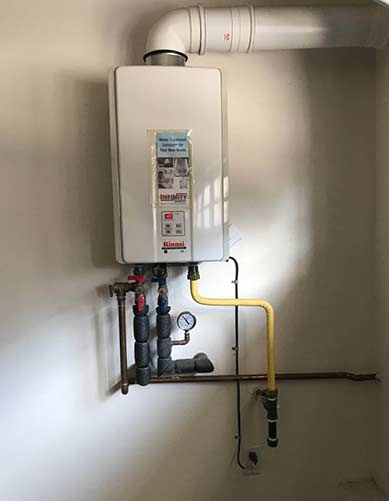Gas Leak Repair by Certified Technicians for Maximum Peace of Mind
Gas Leak Repair by Certified Technicians for Maximum Peace of Mind
Blog Article
Full Guide to Water Heating UnitInstallation and Substitute
Comprehending the ins and outs of hot water heater setup and substitute is important for home owners looking for to make sure efficiency and integrity in their warm water supply. From choosing the ideal type and dimension to executing a seamless installment process, a number of variables must be thought about to avoid typical risks. This overview will certainly supply you with the essential steps and understandings to browse the intricacies of this home improvement job, while also stressing vital upkeep techniques that can lengthen the life of your system. As you discover these elements, you might find yourself reassessing your existing configuration and determining areas for renovation.
Sorts Of Hot Water Heater
When considering hot water heater installation and substitute, it is vital to comprehend the numerous types of water heaters readily available out there. One of the most usual kinds consist of container water heating systems, tankless water heating systems, heat pump water heating units, and solar hot water heater.
Storage tank water heating units are traditional systems that keep a certain volume of warm water, making them readily offered when required. They are normally more economical upfront but might sustain higher energy prices gradually because of warmth loss. On the other hand, tankless water heaters give warm water as needed, removing the need for storage. They are power efficient and can save area, yet their preliminary expenses are typically greater.
Heat pump hot water heater utilize power to move heat from the air or ground to warmth water, using substantial energy financial savings but calling for more area and particular setup conditions. Solar water heaters harness solar energy to warm water, offering an eco-friendly choice with potential lasting expense savings, although they commonly call for a back-up system for gloomy days.
Comprehending these choices ensures notified choices regarding installment and replacement, accommodating details needs and preferences.
Picking the Right Size
Choosing the appropriate dimension for a hot water heater is important to ensure optimum performance and efficiency. A system that is as well tiny will certainly have a hard time to fulfill household demands, causing irregular warm water availability and raised power consumption. Conversely, an oversized hot water heater can cause unneeded energy waste and higher energy expenses.
To establish the best dimension, consider the family's height warm water use. This can be determined based upon the number of occupants and their common warm water demands. For instance, a family of four may need a hot water heater with a capability of 50 to 80 gallons, relying on the use patterns, such as synchronised showers and laundry.
Furthermore, assess the healing rate, which gauges just how rapidly a heating system can restore hot water after it has actually been utilized. For tankless designs, emphasis on the flow rate, determined in gallons per min (GPM), to ensure it satisfies the home's synchronised need.

Setup Process Overview
/replacing-a-water-heater-1824920-10-4d53aa4c5c97472ab7cc7e5be4628cae.jpg)
Following, the old unit has to be separated and gotten rid of, taking care to follow regional codes and laws relating to disposal. Once the old device is out, the read the full info here new water heating system can be positioned in position. This action entails connecting the supply of water lines, making sure that all fittings are leak-free and protected.
After developing water connections, it's necessary to connect the power supply, whether electric or gas, complying with the supplier's guidelines carefully. Once all connections are made, the system should be full of water, and the power can be transformed back on. Lastly, it is very important to look for leaks and ensure the water heating unit is functioning properly before completing the setup procedure.
Typical Installation Mistakes

An additional frequent error is ignoring to follow neighborhood codes and laws. Falling short to stick to these standards can not just lead to safety hazards yet may likewise result in pricey fines or the need for expensive reinstallation.
Failing to secure links or utilizing the wrong kind of fittings can lead to leakages and water damages. By preventing these usual installation blunders, property owners can guarantee their water heating system operates securely and successfully, maximizing performance and long life.
Upkeep Tips for Long Life
Correct maintenance of a water heating unit is essential for its durability and optimal performance. Routine inspections and maintenance can stop costly repairs and expand the home appliance's lifespan. Begin by examining the temperature setup; it needs to generally be established between 120 ° F and 140 ° F for optimum power effectiveness and security.
Every six months, flush the tank to eliminate debris buildup, which can harm home heating efficiency and trigger deterioration. To do this, shut off the heater, link a hose pipe to the drain shutoff, and let the water run till it is clear.
When they are corroded,Anode poles need to be examined each year and replaced. These poles aid stop tank rust by attracting destructive aspects in the water.
Additionally, examine the stress safety valve on a regular basis to ensure it is operating correctly. This shutoff is important for avoiding excessive pressure build-up within the storage tank.
Finally, consider arranging an expert upkeep check every few years you could try here for extensive evaluations and maintenance. By adhering to these maintenance tips, homeowners can substantially improve the effectiveness, security, and life expectancy of their hot water heater, ensuring reliable warm water for many years ahead.
Conclusion
In final thought, proper installation and maintenance of water heating units are crucial for making certain performance and longevity. By comprehending these essential aspects, homeowners can accomplish a trustworthy hot water supply while lessening potential problems connected to water heating unit procedure.
Recognizing the ins and outs of water heating unit setup and substitute is important for homeowners seeking to guarantee performance and reliability in their hot water supply.Tank water heaters are conventional systems that save a specific quantity of warm water, making them conveniently available when required. In comparison, tankless water heating systems give warm water on need, eliminating the demand for storage. Selecting a water heating unit that is either also small or also large can lead to ineffectiveness, resulting in inadequate warm water supply or too much energy intake.
By recognizing these important aspects, house owners can achieve a trustworthy warm water supply while lessening potential problems connected to water heating unit operation. plumber Denton.
Report this page